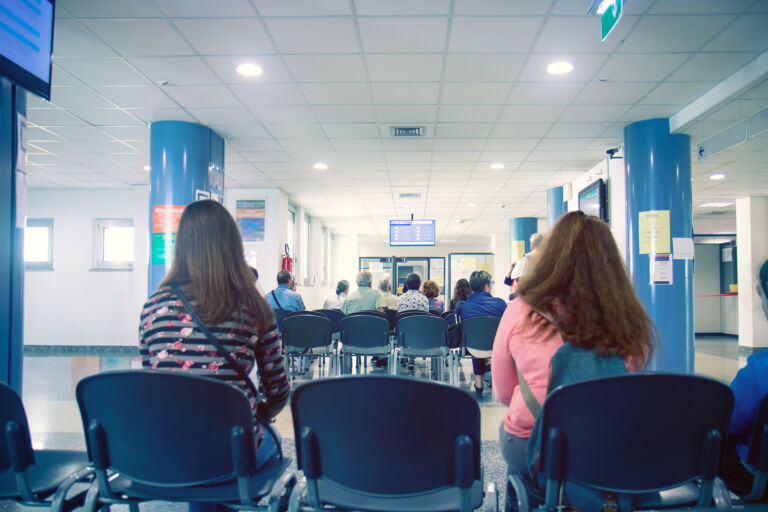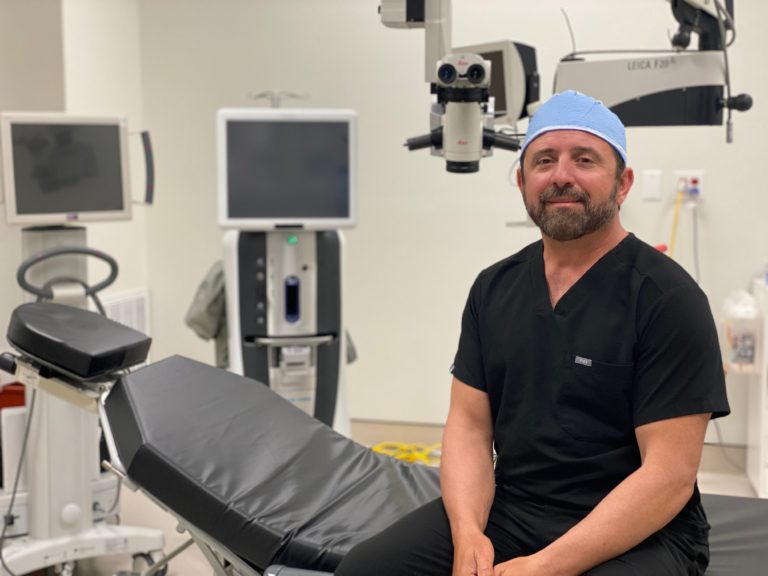Mark Watson, executive HR manager for Union County, will openly admit he is the ultimate skeptic. Naturally, he was pretty skeptical when his colleague and friend, Bill Webb, pitched to him the idea of integrating a direct primary care (DPC) option for county workers — an option that would guarantee them 24-hour access to a highly credentialed family doctor. Patients can text, Skype, email, and call their doctor whenever. They can schedule same-day appointments. Doctor visits don’t require co-pays or co-insurance. Waiting rooms are mostly unnecessary. Not only would the patient-doctor relationship be restored, but the employer who pays for those health benefits would also gain a relationship with the doctor. It just seemed too good to be true.
After meeting upon meeting, some more skepticism, and a few years’ worth of convincing colleagues that it would work, the idea came to fruition in April 2015 when Union County secured a contract with Paladina Health to establish one of its DPC clinics central to the sheriff’s office, Human Services, and other government buildings.
I’ve written a lot about how DPC helps save money on health care claims because these doctors can spend more time with their patients by opting out of insurance. There are many different DPC models. Entrepreneurial-minded physicians are hanging their own shingles. Others are running their practices as non-profits in which patient membership fees offset the cost of charitable care provided to low-income patients unable to pay. And then there are larger organizations such as Paladina whose salaried physicians care for employees of large self-insured employers – like Union County.
A few weeks back, I decided to pay a visit to the Paladina Clinic located at 1640 Campus Park Drive. The atmosphere emits a different vibe than most physician offices. The walls are painted with warm orange hues, and the spacious examination rooms don’t give that sterile, austere feeling.
After meeting with Mr. Watson, Mr. Webb, representatives of Paladina Health, and Dr. William G. Martin III, one of the clinic’s family doctors, I learned about the heavy lifting that went into laying the DPC foundation for county workers. Fortunately, the hard work is paying off in just one year’s time. Union County benefits managers are satisfied in enhancing the value of county workers’ health benefits at no additional out-of-pocket expense coming from either the taxpayer or the employee. Patients are posting positive feedback about Paladina’s services on Union County’s Facebook page. Dr. Martin will tell you that he is most professionally satisfied now, knowing that after 20 years of private practice, he no longer gets paid to “chase paper” from insurance carriers. The only paper he is chasing is his patients’ charts.
It was also at this meeting that Watson mentioned he was waiting on updated claims data to compare with the county’s projected annual savings of $1 million on health expenses, thanks to the effectiveness of DPC. This past week at the John Locke Foundation, he presented the latest findings on cost savings for Union County DPC participants compared to workers who opt to stick with solely a consumer-driven health plan. Here are some key points:
- Of Union County’s 2,000 covered lives, 40% are DPC participants, while the remaining 60% are signed up with a consumer-driven high deductible (CDHP) plan.
- DPC participants incur 38% less in medical expenses than CDHP participants, yielding annualized savings of $1,408,089.
- DPC participants incur 37% less in prescription expenses compared to CDHP participants, yielding annualized savings of $269,680.
- DPC participants spend 46% less out of pocket for prescription and medical expenses than CDHP patients, a $333,639 annualized savings.
- 73 percent of DPC participants report significant improvement in their overall health since electing the DPC option.
- Participants average 3.1 visits per year compared to 0.6 for those on a CDHP
For the full presentation, click here.


